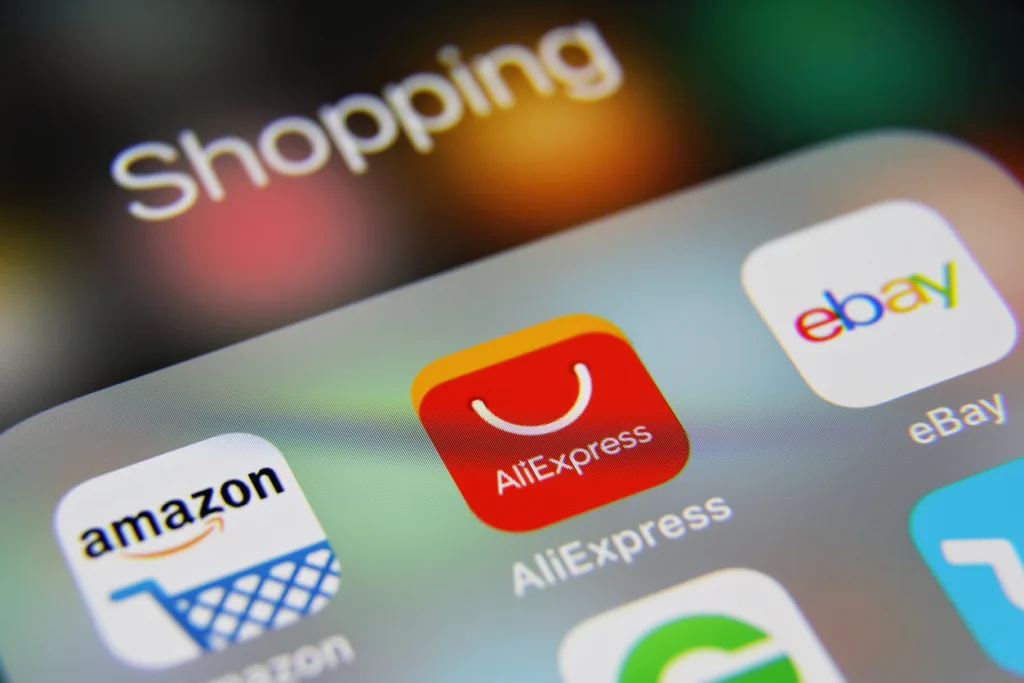By Thomas Butta, Chief Strategy and Marketing Officer, Airship
Christmas, Black Friday, Valentine’s Day, even the Easter Holidays: these calendar events represent key moments for retailers to acquire new customers. Brands that operate mobile shopping apps often experience a flood of new installs during peak shopping periods such as these — and they execute specific strategies to gain more than their fair share. This should be good news for marketers and CFOs alike, but turning these new users into loyal customers is not as easy as it seems.
In fact, according to our own research, most retailers struggle to capture long-term value from peak install periods. They are retailers’ most significant value-creation opportunities but are also more costly due to more paid install competition. According to Forrester, “When acquisition costs are high, customer lifespans need a long enough runway to amortise those costs and generate returns. In other words, brands must hold on to newly acquired customers for dear life” (Forrester Research, Inc., “Unlock Your Revenue Growth Potential,” 4 June 2023).
Black Friday shopping frenzy fails to convert long-term
To understand the scope of this challenge and bring urgency to value-capture efforts, we analysed the mobile app lifecycle and retention data aggregated across more than 60 million new shopping apps first installed between October 1 and November 27 (Cyber Monday), 2023.
We found that Black Friday (November 24) was the top day of the year for customers to install a shopping app — double the daily average rate for October. For over a decade, Black Friday has been the peak install day of the year.
Meanwhile, six of the top seven peak shopping app install days were November 19-25, which is much more tightly grouped than prior years. This peak week saw 40% more app installs than October’s weekly average. In contrast, five of the seven lowest daily app install days were October 1-7, providing a pre-holiday cohort for comparison.
Our core finding should be a wake-up call to retailers everywhere: by week 3 after install, any advantage gained from adding users at the height of the shopping frenzy is wiped out, as peak-week customers go on to average 18% lower weekly retention rates than customers acquired pre-holiday.
Peak-week retention rates plummet even further: by week 15, apps retain just 10% of peak-week users, compared to 13% of pre-holiday installers. This three percentage-point difference can equate to massive future value: research by Bain & Company found a 5% increase in retained customers can yield 25-95% more profit.
So, what are brands doing wrong? From the analysis, we can see that the two cohorts exhibit a similar retention pattern, suggesting retailers do not treat peak-week app customers any differently from pre-holiday customers — despite the holiday frenzy’s urgent, transactional focus. Essentially, retailers allow peak-week customers to remain transactionally focused, which is reflected in lower retention rates before Christmas has even arrived. This is an issue marketers need to face head-on if they want to retain mobile consumers in the long term.
Retailers must advance customers through the app lifecycle
What can brands do differently to build up customer loyalty? It’s important to remember that gaining loyalty is not a destination but an ongoing journey. Like a relationship, every interaction contributes to a customer’s future loyalty. Every step matters in creating experiences customers will love to return to again and again, from initial discovery and onboarding to opt-in and registration, engagement and rewards.
Airship recommends that retailers focus on purposefully advancing customers through the mobile app lifecycle — from acquisition to activation, engagement and loyalty.
- Get new app users to register or authenticate so you can link customer data from prior interactions and across channels to better personalise and orchestrate future interactions.
- Focus on gaining ways to communicate with newly activated app customers and understand their preferences and interests.
- Increase app traffic primarily through brand-owned channels — push notifications, email and SMS — which are the most direct and measurable.
- Continually optimise onboarding experiences and reinforce value throughout the lifecycle and across channels for various customer segments.
- Target new users based on their behaviour to drive them into feature adoption experiences, preference centres and data collection flows to progressively grow their understanding of your app and your understanding of them.
- Automate communications to respond to audiences of one to maximise relevance and value. If messages aren’t relevant and don’t show value, customers are likely to begin to suffer from marketing fatigue.
- Test and experiment to drive optimisation everywhere — every message, every journey, every feature and every experience — from your app store listing to how your app itself appears.
Customers for life, not just the holidays
During the holidays and peak shopping periods, customers flock to shopping apps to get the best deals, earn rewards and gain exclusive access, but it’s up to retailers to turn these installs and first transactions into ongoing use – where real value accumulates.
Brands need to recognise the limited window they have to make a compelling case for app customers to stick around. Most people (57%) will use an app just once or twice before deciding to delete it. First and second impressions are everything. But brands must also aspire to serve a higher-level purpose in their customers’ lives. The top reasons customers continue to use apps are “simplify their lives” and “save them time.” Ease and convenience far surpassed deals and loyalty rewards as reasons for ongoing app use.
Companies must improve customer experiences with greater speed and agility. Newer no-code methods now enable non-technical teams to create, deploy and adapt high-value native app experiences without developer support or app store updates. Feature flags offer guardrails to both marketers and developers, enabling controlled experiments and gradual rollout to optimise business outcomes and customer experiences. From dreaming to designing to deploying, empowered marketing and mobile product teams can get work done in minutes instead of months and free up developers to focus on the next market-differentiating app features, ongoing enhancements and QA.










